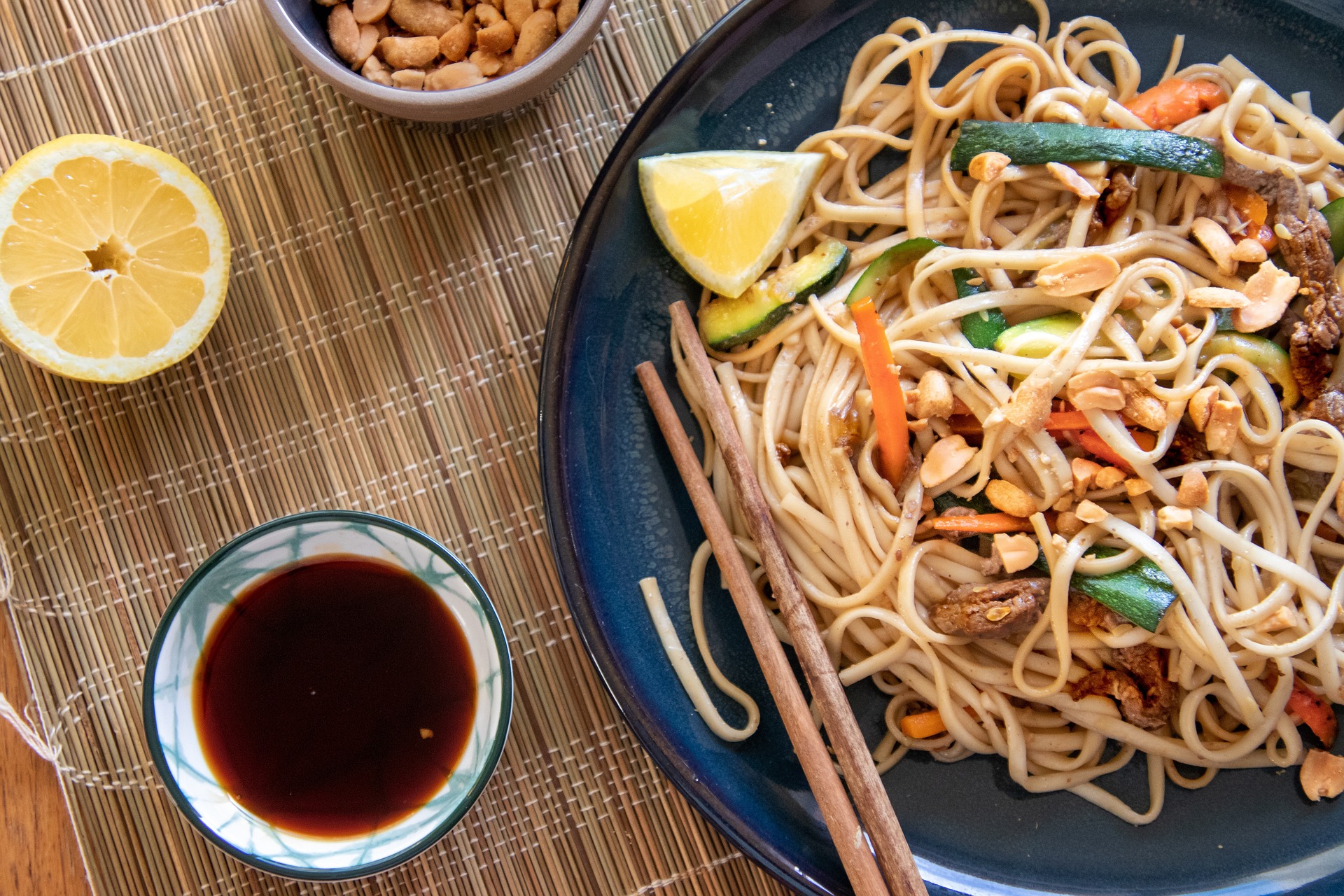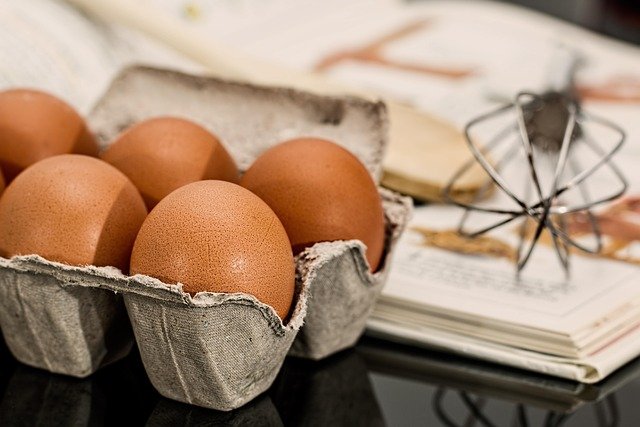Noodle Nests: The Tangled Web of Culinary Delight
Twirling, twisting, and tantalizing – noodle nests are the latest craze sweeping the culinary world. These intricately woven creations are not just a feast for the eyes but a playground for flavors and textures. From crispy pan-fried tangles to soft, sauce-soaked strands, noodle nests are redefining how we experience our favorite carb-loaded dishes.

A Global Noodle Adventure
While the concept of noodle nests might seem novel, it draws inspiration from various culinary traditions around the globe. In Italy, pasta nests have long been a staple, with dishes like “nidi di rondine” (swallow’s nests) showcasing rolled lasagna sheets. Asian cuisines offer their own take, with crispy noodle nests serving as vessels for stir-fries and saucy creations. The modern noodle nest trend, however, takes these ideas to new heights, incorporating diverse flavors and ingredients from around the world. Imagine a Thai-inspired nest made from rice noodles, cradling a green curry chicken. Or picture a Mediterranean version using spaghetti, topped with grilled vegetables and a dollop of whipped feta. This global fusion approach allows chefs and home cooks alike to experiment with endless flavor combinations, making each noodle nest a unique culinary journey.
The Science Behind the Shape
The appeal of noodle nests goes beyond their visual charm – there’s science at play in their structure. When noodles are arranged in a nest formation, they create pockets and crevices that are perfect for capturing sauces and small ingredients. This architectural advantage means that every bite is packed with flavor. Moreover, the nesting technique can actually alter the texture of the noodles themselves. When exposed to heat, the outer layers of the nest can become crispy, while the inner layers remain tender. This textural contrast is not just pleasing to the palate; it also affects how we perceive flavors. Studies have shown that texture can influence taste perception, with crunchy or crispy elements often enhancing the overall flavor experience. By manipulating the structure of noodles, chefs are essentially engineering a more complex and satisfying eating experience.
Nesting for Nutrition
Noodle nests aren’t just a treat for the taste buds; they can also be a vehicle for nutrition. The nest structure provides an ideal platform for incorporating a variety of healthy ingredients. Vegetable-based noodles, such as zucchini or carrot spirals, can form the base of a nutrient-rich nest. These can then be topped with lean proteins, healthy fats, and an array of colorful vegetables. The nest format also lends itself well to portion control, as the defined shape naturally creates a single serving. For those looking to boost their fiber intake, whole grain or legume-based noodles can be used to create nests that are both satisfying and nutritious. By thinking of noodle nests as a canvas for balanced meals, health-conscious diners can indulge in this trend without compromising their dietary goals.
From Restaurant to Home Kitchen
The beauty of the noodle nest trend lies in its adaptability to home cooking. While it may seem like a restaurant-only technique, creating noodle nests at home is surprisingly accessible. With a few simple tools and some practice, home cooks can master this impressive culinary feat. A basic approach involves using a fork to twirl partially cooked noodles into a nest shape before finishing them in a pan or oven. For those looking to up their game, silicone molds or ramekins can help create more uniform nests. The key is to experiment with different noodle types and cooking methods to find what works best. As home cooks become more comfortable with the technique, they can start to play with flavors and presentations, turning ordinary weeknight dinners into Instagram-worthy creations. This trend has sparked a wave of creativity in home kitchens, encouraging cooks to think outside the box and elevate their noodle dishes to new heights.
Noodle Nest Know-How
-
Use a fork or chopsticks to twirl noodles into a nest shape while they’re still hot and pliable
-
Partially cook noodles before shaping to ensure they hold their form
-
Experiment with different noodle types for varied textures and flavors
-
Create a crispy exterior by pan-frying or baking the nests after shaping
-
Use noodle nests as a base for salads, stir-fries, or saucy dishes
-
Incorporate colorful vegetables and proteins for a balanced, visually appealing meal
-
Try vegetable-based noodles for a low-carb alternative
-
Use molds or ramekins for uniformly shaped nests
-
Freeze shaped nests for quick and easy future meals
Noodle nests represent a delightful fusion of culinary artistry and gastronomic pleasure. They challenge our perceptions of how noodles can be presented and consumed, offering a fresh perspective on a beloved staple. As this trend continues to evolve, we can expect to see even more creative interpretations and innovative applications. Whether you’re a professional chef or an adventurous home cook, noodle nests provide a canvas for culinary expression that is both accessible and exciting. So the next time you reach for that package of noodles, consider giving them a twist – literally – and discover the tangled joy of noodle nests.





